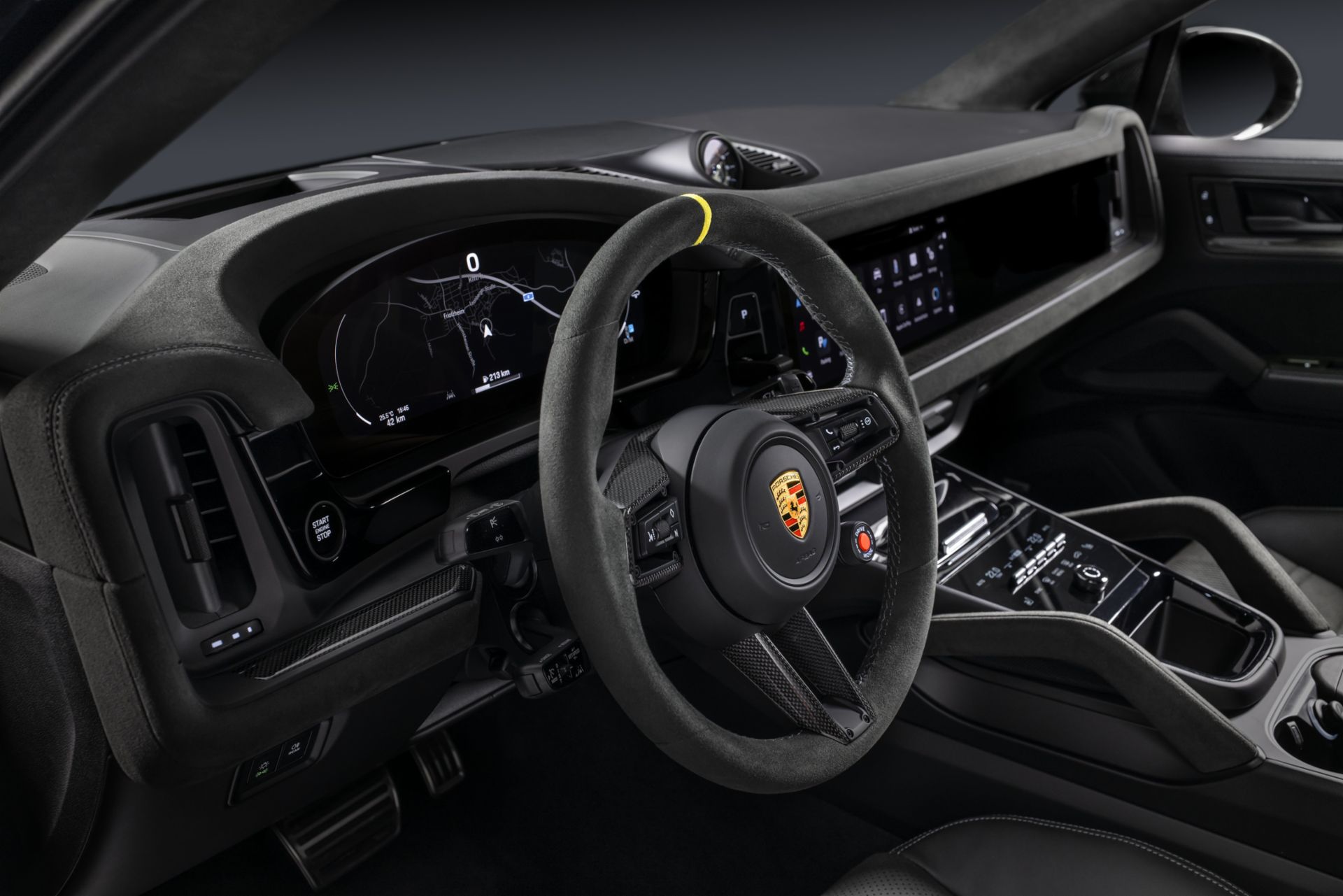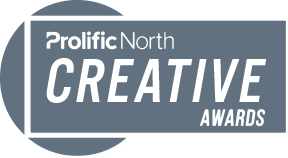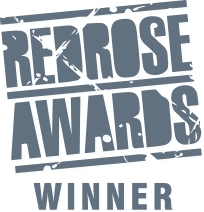No one likes to be left behind when new technology emerges.
That fear of missing out on the next big thing, or of being perceived as fusty and outdated, can cause businesses to over-correct. When there are cost savings to be made there is an even greater incentive.
Witness the spread of customer service chatbots and self-checkouts in supermarkets.
This was presumably the thinking that led to automotive brands adopting touch screens to control a growing number of functions in the cars we drive in recent years.
In some cases, this has been a positive. I love my vehicle’s integration with Apple’s CarPlay.
Being able to use familiar Google Maps, Spotify, Audible and Podcasts apps is fantastic, and much better than the car’s proprietary entertainment and navigation systems.
But adjusting the volume, air con, heated seats, and other functions using a touch screen, can be an exercise in frustration.
It turns out that many people feel the same way, and vehicle manufacturers are starting to realise that jabbing through a multi-layered menu might not always be the most convenient or safest way to operate a car’s core features.
And so buttons and switches are making a comeback for some operations that are best accomplished through the combination of muscle memory and tactility that screens cannot emulate.
Porsche was one of the first brands to push back at the idea of placing every conceivable function within a screen, and the 2024 Cayenne has a pleasing array of physical switches to control temperature and ventilation, as well as air vents that can be manually tilted.
Meanwhile, Thomas Schäfer, who took over as Volkswagen CEO last year, has admitted the carmaker made a mistake in placing too much emphasis on screens across their range, as well as inconsistency over the placement of remaining buttons.
“Over the past years we have created unfortunately a bit of confusion in the car,” Schäfer explains.
“You put one button here and one there, and starter buttons move. So now we are asking ourselves: ‘What is the brand identity? And what is the product identity? What do we always have as a feature, and where should it be?’ And then we keep it there and have consistency across the models. There is a little bit of work now to be done but it needs to be done.”










